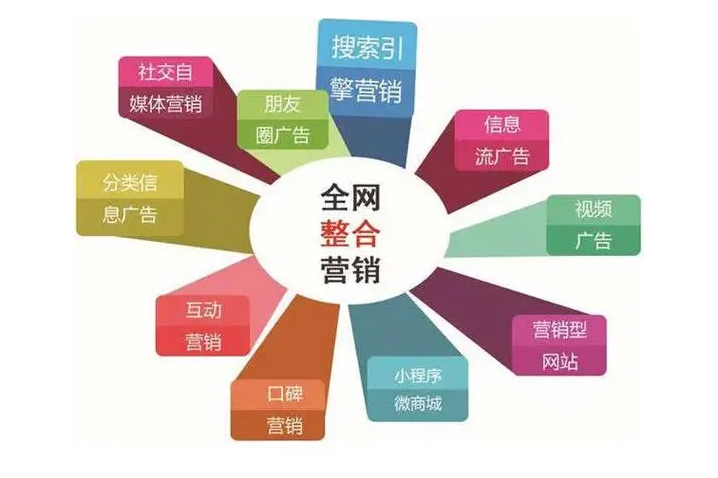In today’s competitive education landscape, digital marketing is no longer optional—it’s essential. Education providers must leverage cutting-edge strategies to attract and engage students effectively. This playbook covers everything from SEO optimization to social media campaigns, ensuring your institution stands out.
1. Understanding the Digital Marketing Landscape for Education
.jpg)
The education sector has unique challenges, from targeting diverse audiences to conveying credibility. A well-structured digital marketing strategy helps institutions connect with prospective students, parents, and even corporate partners. Start by identifying your key demographics and tailoring your messaging accordingly.
2. SEO for Schools and Universities: Ranking Higher in Search Results
Search engine optimization (SEO) is critical for visibility. Optimize your website with relevant keywords like "best online courses" or "top MBA programs." Create high-quality content, such as blog posts on career outcomes, to attract organic traffic. Local SEO is equally important—ensure your institution appears in "near me" searches.
3. Social Media Marketing: Engaging Students Where They Are
Platforms like Instagram, LinkedIn, and TikTok are goldmines for student recruitment. Share campus life, student testimonials, and faculty achievements to build trust. Paid ads can amplify reach, while interactive content like live Q&A sessions fosters engagement.
4. Email Marketing: Nurturing Leads into Enrollments
Personalized email campaigns keep prospects engaged throughout their decision-making journey. Segment your audience—send program details to undergraduates and executive education offers to professionals. Automation tools ensure timely follow-ups without overwhelming your team.
5. Leveraging Paid Advertising for Faster Results
Google Ads and Meta campaigns can deliver immediate visibility. Target keywords like "affordable online degrees" or "scholarships for international students." Retargeting ads remind visitors who didn’t complete applications, increasing conversion rates.
6. Measuring Success: Analytics and Continuous Improvement
Track metrics like website traffic, conversion rates, and social media engagement. Tools like Google Analytics and HubSpot provide insights to refine your strategy. A/B testing different ad creatives or landing pages can reveal what resonates most with your audience.
By implementing these strategies, education providers can transform their digital presence, driving enrollment and long-term growth. Stay agile, test new approaches, and always prioritize the student experience.

.jpg)
.jpg)
.jpg)
.jpg)
.jpg)